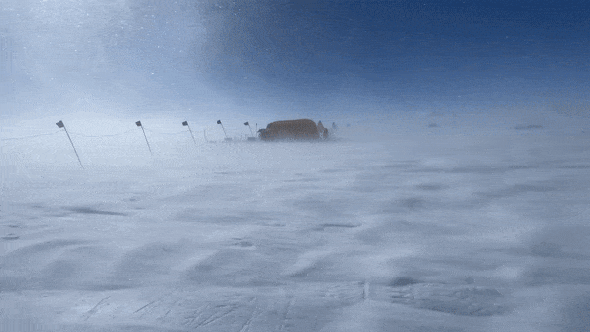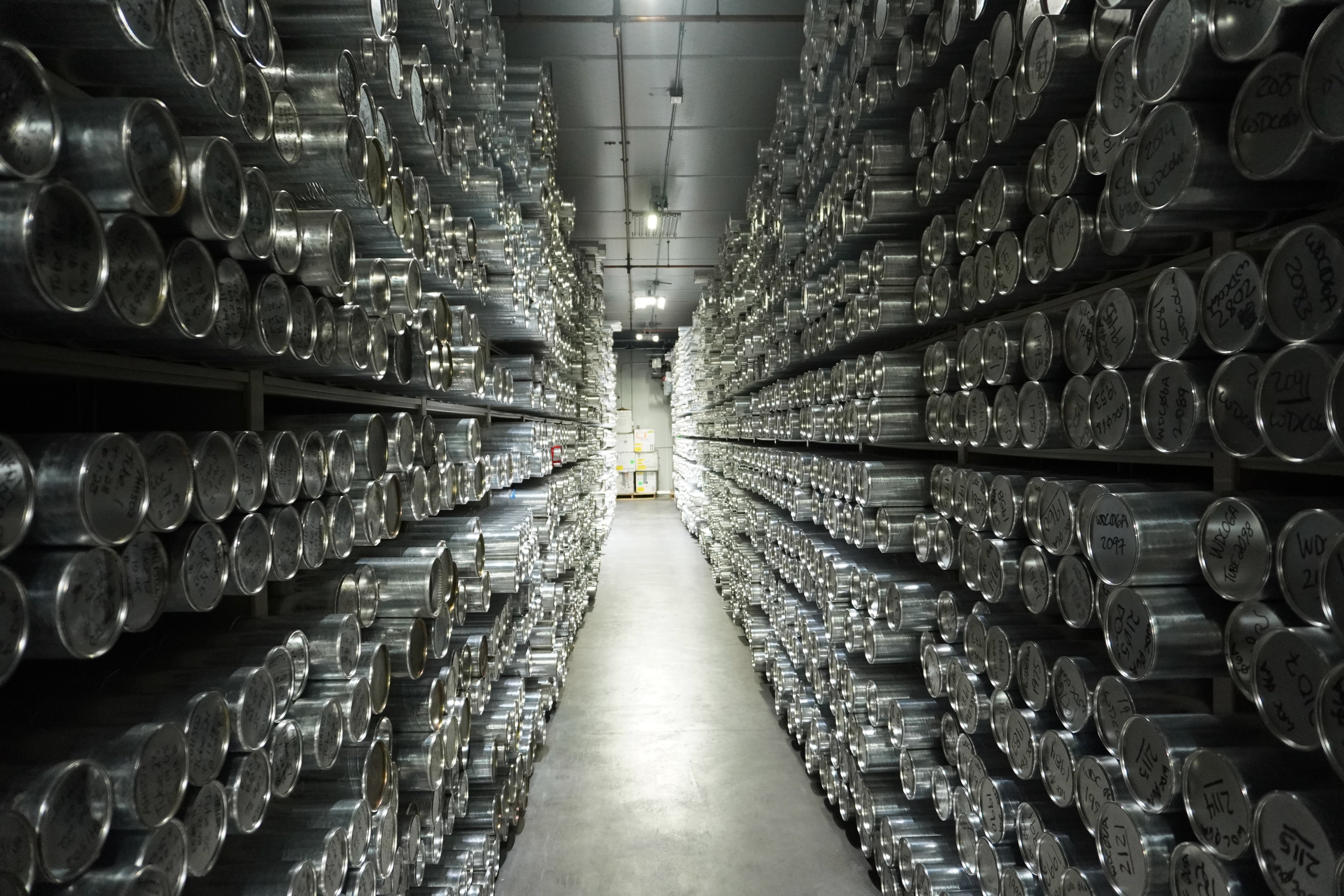A global race is on to drill for the oldest known layers of Antarctic ice so researchers can peer back in time to a warmer climate to better understand the planet’s hotter future
Thank you for reading this post, don't forget to subscribe!
Most ice cores that have been drilled to date are what is known as continuous cores, meaning their layers are in tidy chronological order. But the oldest continuous ice core ever collected, which was completed in 2004, only goes back 800,000 years. Older ice might exist much deeper down but finding it is challenging. “The ice that is deposited at the surface of Antarctica is being buried and gradually flowing out toward the [continent’s] edges—and then eventually is lost, melting into the ocean or as icebergs calving into the ocean. Because of that process, the oldest ice is always rare,” says Ed Brook, a paleoclimatologist at Oregon State University and director of COLDEX.
In recent years scientists have found a possible way to get at such ice. They have turned up random individual layers of older ice, sandwiched among younger layers closer to the surface, in certain spots near Antarctica’s edges—where rocky ridges push the ice sheet upward as it flows toward the coast. A COLDEX team led Princeton paleoclimatologist John Higgins was deployed to one such spot called the Allan Hills, located near Antarctica’s east coast, from last November through January. There, relentless winds scour away the top ice layers as they rise, meaning older layers are much closer to the surface—dozens to hundreds of meters down rather than thousands—and therefore easier to retrieve. Even as the ridges helpfully push up the ice, however, they also grind the layers into an incoherent mess, like a geologic blender. “It’s sort of like a box of puzzle pieces. With a traditional [continuous] ice core, all the jigsaw pieces are exactly in the right spot,” says Christo Buizert, an Oregon State University paleoclimatologist, who leads the COLDEX ice analysis team. But in cores drilled from the edge of the continent, “it’s like somebody just took the puzzle and shuffled all the pieces together.”
To determine the age of the ice in the jumbled layers—and thus put them in order—the team will painstakingly analyze each layer for clues, taking advantage of recent improvements in techniques such as argon dating. Because the element potassium naturally decays into argon at a steady rate over time, argon levels in ice can accurately date it. Additionally, machines can take images of layers in multiple light wavelengths to spot folds and other discontinuities in the cores, which helps scientists link together and arrange the layers. “This is a whole new challenge for us, figuring out how to work with disturbed ice,” Buizert says. “We’ve always tried to avoid it whenever we could because it’s just a lot harder. But it may be that the only way that the oldest ice is preserved is in this really disturbed state. And we will have no other choice than to learn to decipher that, to figure out how to put the jigsaw pieces back together.”
The COLDEX scientists also plan to drill a traditional continuous core that will go back 1.5 million years in the continent’s interior, near the South Pole. That’s also the age target for the European and Australian drilling efforts. The COLDEX team will then tack on the Allan Hills layers, sorted into chronological order, hopefully extending the record to a total of three million years ago.

It is possible the COLDEX team could find much older ice close to the very bottom of the ice sheet near the South Pole. But like the ice at the continent’s edges, it has likely been ground apart as it flowed over the rocky crust below or been melted by geothermal heat emanating from deep within the Earth—potentially making it as difficult to analyze as the Allan Hills ice. To seek the oldest accessible continuous sample near the South Pole, the team has begun a five-year mission using airborne ice-penetrating radar technology to pinpoint an area that has high snowfall rates and is situated over a relatively cool section of Earth’s crust.
Once they obtain whatever messy mix of older ice layers they can and have dated them, the team members will use a new technique to improve analyses of gases from the air bubbles trapped inside. Previously, researchers would take slices of every few meters of core, melt them, and measure the amount of carbon dioxide and other gases released. The scientists could then extrapolate the gas levels for the layers in between because they only used continuous cores, with layers in chronological order. But that approach won’t work on cores with out-of-sequence layers; scientists need to sample every layer of the jumbled ice to get accurate gas measurements for each one. Using the new method, they can melt a narrow strip that spans a core’s entire length and then analyze the gases it contains. This should give them an exact measurement for each layer, which they can link to that layer’s age.
“We’ve dreamed about doing this for a very, very long time because it was obvious to everybody in the ice core community that the biggest priority was to extend our ice core record further back in time,” Buizert says. Now that they’re actually doing it, COLDEX scientists are keeping in mind the “why” behind all this work—understanding the warmer world we’re rapidly approaching. “I think it’s a catchy headline to say, ‘Oh, we found the oldest ice,’ but there’s a reason why we’re interested in these earlier intervals,” Shackleton says. “And it’s because they were warmer.”
This story was supported by a grant from the Pulitzer Center.
ABOUT THE AUTHOR(S)
Christian Elliott is a science and environmental journalist based in Chicago. Follow Elliott on Twitter @csbelliott or visit his website at christianelliott.me.

